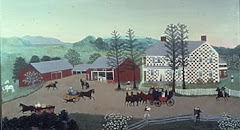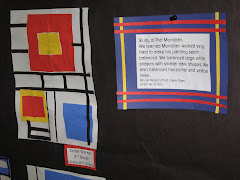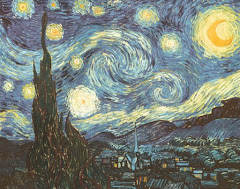


These three pictures were taken before, during and just after sunrise.
Natural light helps us to define spatial relationships. In the photo where the home is enshrouded in moonlight alone the house is subdued. The color is not clear to the eye nor is the surrounding area. Details are not readily available. You cannot tell where the driveway is or that there is a beautiful panoramic view of most of Grass Valley.
(Yes, we can see downtown, the new hotel, Safeway and the Del Oro etc.... For nine years we have had a perfect view of the Fairgrounds fireworks every Fourth of July. We BBQ, view them, then do our own fireworks and have strawberry shortcake...)
1st Photo:
Being that color is a direct function of light (text, p 129) the absence of light (except for moonlight one) hides to the eye the exact color of the house. Light and sky are the greater features of the photo with most light.
2nd photo:
As the sun rose more light exposed the color of the home and details in the yard as well as the view of the ridge.This serves to create the sense of more open space and a greater view of the background.When looking at the house before sunrise there is not much sense of space as you cannot see the sky nor the view. (Not to mention that the driveway takes a dip down into the yard.)
3rd photo:
Here all is revealed to the eye.
If this were a painting you could say that some of the color choices were "analogous" because of the sky blue paint of the house and the blue sky it self. These are colors that neighbor each other on the color wheel. The photo has mostly "cool colors" as the blues fall between the colors green through violet (text, p 133) Because the blue is lighter it's a "hue". The color white has been added to make it lighter.This represents the additive process as is exemplified on page 130, figure 180.
I enjoyed taking these photos and am considering taking a digital photography class this summer.



























